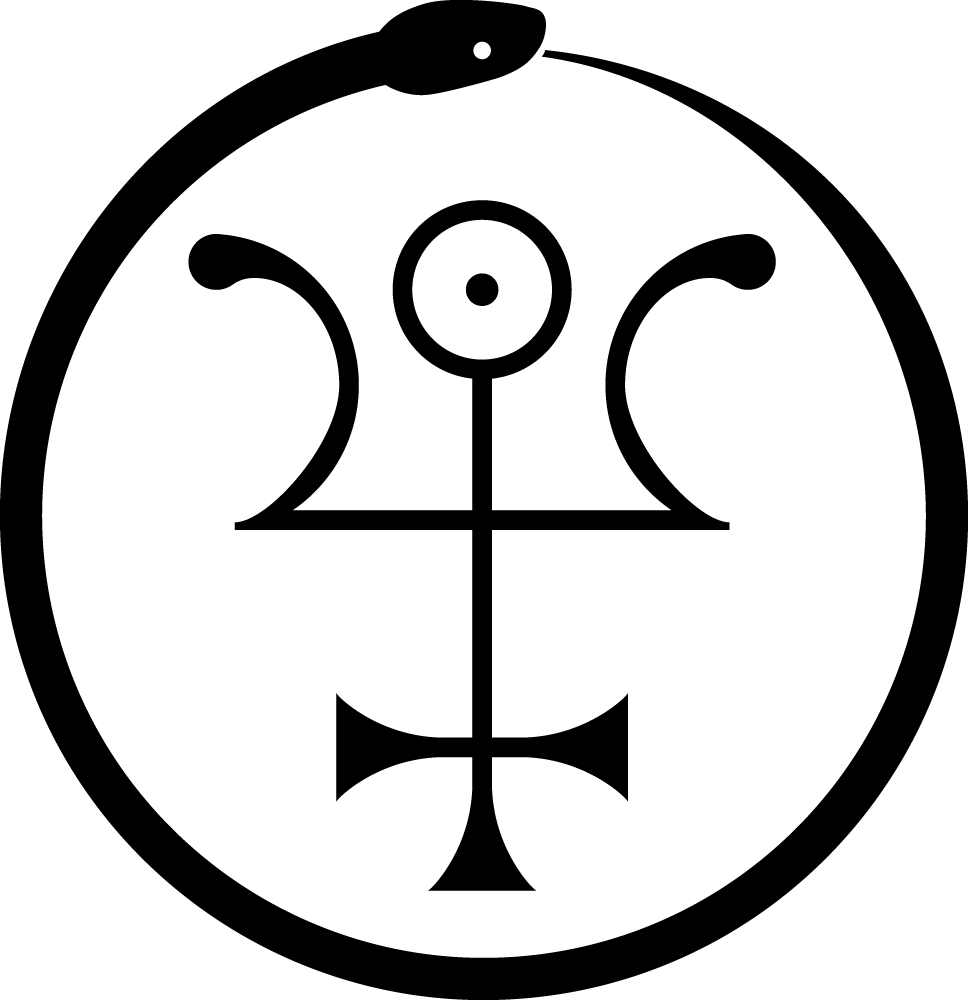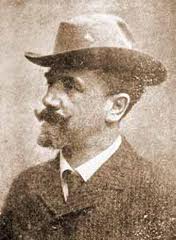33° 90° 96° X°
(1850 – 1905 e.v.)
The Spiritual Father of Ordo Templi Orientis
by T. Apiryon
Carl Kellner was an Austrian paper chemist and an avid student of Freemasonry, Rosicrucianism and Eastern mysticism, and traveled extensively in Europe, America and Asia Minor.
During his travels, he claims to have come into contact with three Adepts (a Sufi, Soliman ben Aifa, and two Hindu Tantrics, Bhima Sena Pratapa of Lahore and Sri Mahatma Agamya Paramahamsa), and an organization called the Hermetic Brotherhood of Light.
The Hermetic Brotherhood of Light was a mystical society which claimed descent from the late 18th century Austrian Masonic/Rosicrucian body known as the Fratres Lucis. The Fratres Lucis, aso known as the Asiatic Brethren or Initiated Brethren of the Seven Cities in Asia, was derived from the earlier German Order of the Golden and Rosy Cross. The Hermetic Brotherhood of Light also appears to have had connections with the Hermetic Brotherhood of Luxor.
During the course of his studies, Kellner believed that he had discovered a “Key” which offered a clear explanation of all the complex symbolism of Freemasonry, and, Kellner believed, opened the mysteries of Nature. Kellner developed a desire to form an Academia Masonica which would enable all Freemasons to become familiar with all existing Masonic degrees and systems.
In 1885, Kellner met the Theosophical and Rosicrucian scholar, Dr. Franz Hartmann. He and Hartmann later collaborated on the development of the “ligno-sulphite” inhalation therapy for tuberculosis, which formed the basis of treatment at Hartmann’s Salzburg sanitarium.
In 1895, Kellner began to discuss his idea for founding an Academia Masonica with his associate Theodor Reuss. During these discussions, Kellner decided that the Academia Masonica should be called the “Oriental Templar Order.” The occult inner circle of this Order would be organized parallel to the highest degrees of the Memphis and Mizraim Rites of Masonry, and would teach the esoteric Rosicrucian doctrines of the Hermetic Brotherhood of Light, and Kellner’s “Key” to Masonic symbolism. Both men and women would be admitted at all levels to this Order.
Kellner died of blood poisoning in Vienna on June 7, 1905.
References
Grant, Kenneth; Aleister Crowley and the Hidden God, Samuel Weiser, NY 1974
Howe, Ellic; “Theodor Reuss: Irregular Freemasonry in Germany, 1900-23” in Ars Quatuor Coronati, Feb. 1978
Möller, Helmut and Ellic Howe; Merlin Peregrinus, vom Untergrund des Abendlandes, Koenigshausen & Neumann, Wuertzburg 1986
Reuss, Theodor; “Unser Orden” and “Mysteria Mystica Maxima” in Oriflamme, Jubelaeums-Ausgabe, Ludwigshafen 1912
Originally published in Red Flame No. 2 – Mystery of Mystery: A Primer of Thelemic Ecclesiastical Gnosticism by Tau Apiryon and Helena; Berkeley, CA 1995 e.v.

